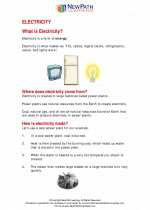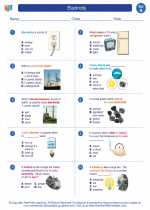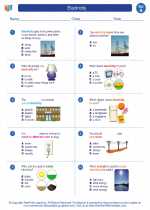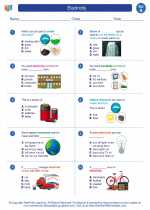River Erosion
River erosion is the process by which running water, such as rivers and streams, wears away the earth's surface. This natural process shapes the landscape over time by removing soil, rocks, and other materials, and carrying them downstream.
Causes of River Erosion
Several factors contribute to river erosion:
- Water Flow: The force of the moving water wears away the land and carries sediment downstream.
- Sediment Load: The material carried by the river, including rocks, sand, and silt, contributes to erosion as it rubs against the riverbed and banks.
- Gradient: Steeper gradients can lead to faster water flow, increasing erosion.
- Human Activities: Deforestation, construction, and mining can accelerate erosion by altering the natural flow and stability of rivers.
Effects of River Erosion
River erosion has several significant effects on the environment and surrounding areas:
- Landscape Formation: Erosion shapes the land, forming valleys, canyons, and riverbanks.
- Sediment Deposition: Sediment carried by the river may be deposited downstream, affecting the river's course and the surrounding environment.
- Habitat Destruction: Erosion can disrupt ecosystems and endanger wildlife by altering riverbanks and water quality.
- Infrastructure Damage: Erosion can threaten human infrastructure, such as bridges and buildings, located near rivers.
Study Guide
To understand river erosion in more depth, consider the following study guide questions:
- What are the main causes of river erosion?
- How does the sediment load contribute to river erosion?
- What human activities can accelerate river erosion?
- What are some of the effects of river erosion on the environment?
- How does river erosion contribute to the formation of landscapes?
- What are the potential risks associated with river erosion for human infrastructure?
By exploring these questions, you can gain a comprehensive understanding of river erosion and its impact on the environment.
[River Erosion] Related Worksheets and Study Guides:
.◂Science Worksheets and Study Guides First Grade. Electricity
Study Guide Electricity
Electricity  Worksheet/Answer key
Worksheet/Answer key Electricity
Electricity  Worksheet/Answer key
Worksheet/Answer key Electricity
Electricity  Worksheet/Answer key
Worksheet/Answer key Electricity
Electricity 

 Worksheet/Answer key
Worksheet/Answer key
 Worksheet/Answer key
Worksheet/Answer key
 Worksheet/Answer key
Worksheet/Answer key

The resources above cover the following skills:
PHYSICAL SCIENCE (NGSS)
Waves and their Applications in Technologies for Information Transfer
Students who demonstrate understanding can:
Plan and conduct investigations to provide evidence that vibrating materials can make sound and that sound can make materials vibrate.
Use tools and materials to design and build a device that uses light or sound to solve the problem of communicating over a distance.